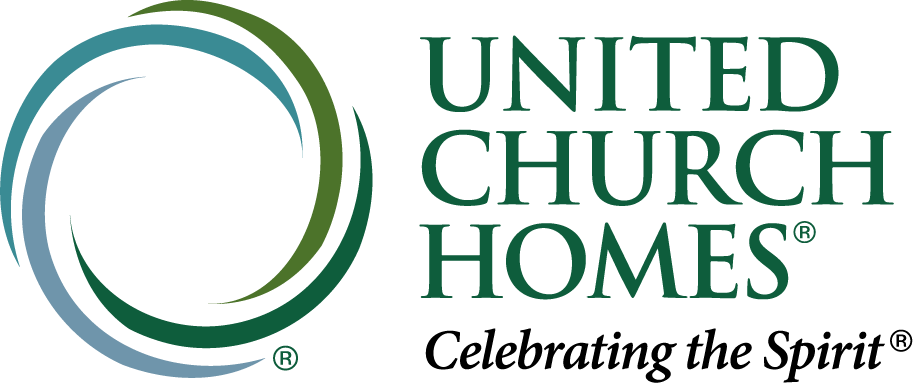United Church Homes is now ranked the thirteenth largest not-for-profit provider of affordable housing in the U.S. and the 51st largest multisite, nonprofit senior living organization, up from 57th in 2019, according to the latest LeadingAge Ziegler 200 ranking released in October.
The full lists other rankings, including growth, change and technology adoption.
“Each organization listed represents strong governance and powerful leadership dedicated to quality services and long-term success,” noted Katie Smith Sloan, President and CEO, LeadingAge. She adds, “Today, LeadingAge members are creatively addressing complex challenges. Governing boards and senior leaders are engaging in effective strategic planning to reposition, grow, change, partner, innovate, and venture into new service possibilities.”
“United Church Homes has been strategically focused on growing our middle market and affordable housing options to serve more older adults,” said Rev. Kenneth Daniel, President and CEO of United Church Homes. “This growth includes adding additional, supportive service lines that help individuals remain in their current livings situations longer.”
UCH Management Services
Holding firm, United Church Homes maintains its eighth position on the list of managed providers, with 1,476 units in 12 communities. UCH’s managed senior living communities include Friendship Village Columbus, Uplands Village, and most recently, Columbus Colony for Elder Care. Columbus Colony is one of only five organizations in the nation offering specialty services to older adults who are deaf, deaf and blind, or hard of hearing.
UCH offers management services and solutions for single-site or multisite senior living communities through its United Church Homes Management affiliate.
Aging Services Industry Insights
The 17th edition of the annual report provides valuable insights into the trends and growth of the aging services sector. Organizations across the country are engaging in shared learning and offering their experiences and strategies to better the field as a whole. UCH continues to utilize information in this report to identify innovative collaborators and plan for growth.
Most of the growth in the senior living industry in the past several years has been through the expansion of existing communities rather than the construction of new ones, and this year is no different. Senior living organizations are also offering more independent and assisted living and home- and community-based services with a nod to technology and innovation.
Affiliations, Joint Ventures
The report also lists new affiliations and joint ventures, such as Ohio’s Hospice at United Church Homes, a joint-venture hospice and palliative care program launched by the two organizations. That affiliation will be reflected in the 2020 report since it occurred in 2019.
Executive Leadership and Growth
In response to the ongoing industry expansion and a deepening understanding of the senior community’s growing needs, UCH has hired Senior Vice President and Chief Growth Officer, Terry Spitznagel. She is an accomplished senior living executive with a 28-year career in the housing and healthcare industries. “Abundant aging means addressing not only the issue of growth as far as numbers but growth in terms of expanded needs of a complex population,” commented Spitznagel. “Like any other community of individuals, their needs are diverse and ever-changing. It’s our job to continue to evolve how we provide and care for them.”
Additionally, United Church Homes acquired two apartment communities for older adults from Harbor Woods Living. The properties are located in Brunswick and Niles, Ohio, and operate as Harbor Woods Living at Brunswick and Harbor Woods Living at Niles. This acquisition is aligned with United Church Homes’ strategic priority to expand its portfolio of market-priced housing for middle-income older adults. There is a growing demand for housing for active older adults who want to downsize their living situations, and these communities provide an opportunity for social connections along with the amenities and services that suit residents’ needs.
